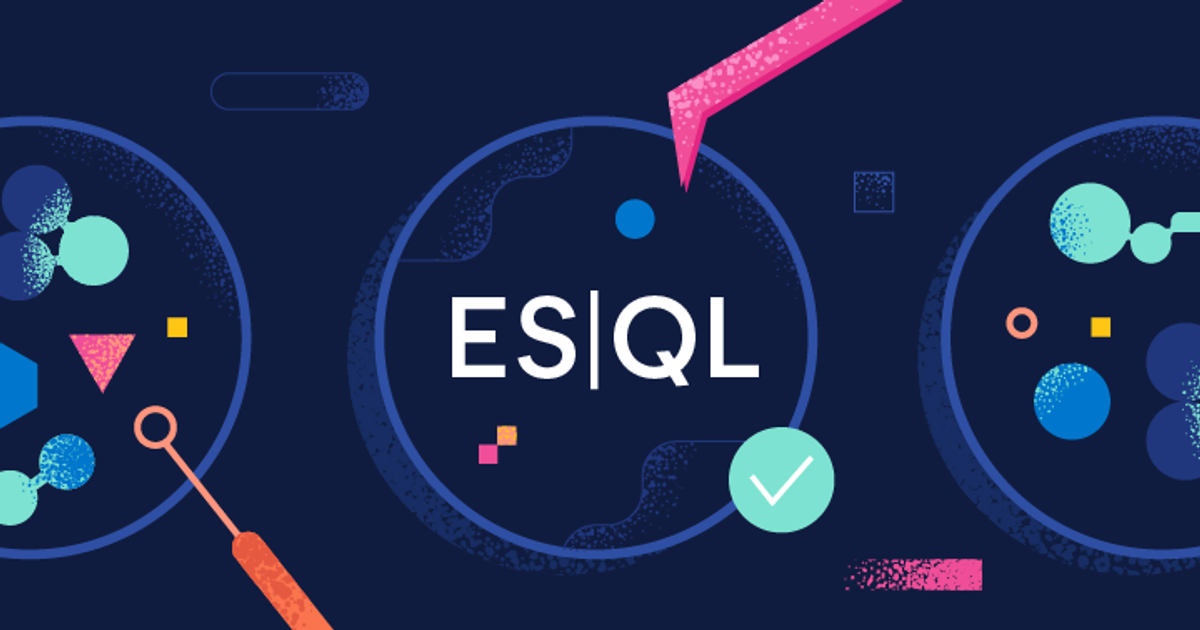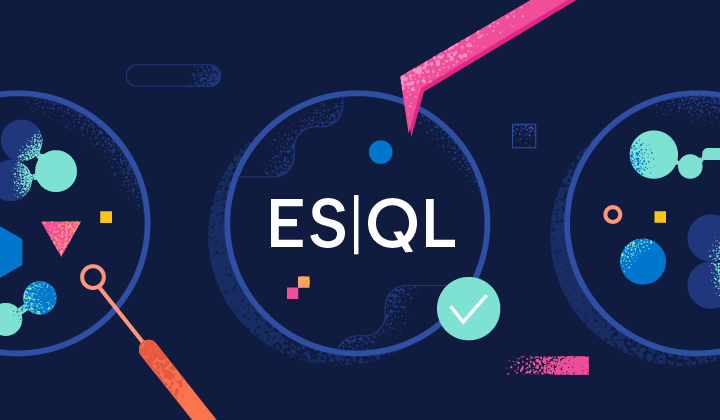What if you could turn your Elasticsearch data into creative output using an LLM—in just a few lines of code? With the new COMPLETION command in ES|QL, now you can.
Let’s build something fun to show it off: a Chuck Norris fact generator. We'll combine movie descriptions with a GPT model to generate facts so legendary even Rambo would be impressed.
What you'll need
- Access to an LLM (like OpenAI’s GPT-4o in our example below)
- A dataset of movie descriptions
You can download a sample dataset from Kaggle and upload it to your Elasticsearch cluster using the Data Visualizer in Kibana or the _bulk API.
Setting up the inference endpoint
Before you can run the COMPLETION command, you need to create an inference endpoint for the model you want to use via the _inference API.
Here’s how to set up GPT-4o with OpenAI:
PUT _inference/completion/my-gpt-4o-endpoint
{
"service": "openai",
"service_settings": {
"api_key": "<your_api_key>",
"model_id": "gpt-4o-2024-11-20"
}
}Once this is in place, you can reference my-gpt-4o-endpoint directly in your query.
The query
Here’s the magic in action. This single ES|QL query handles the entire workflow: it finds a movie based on your input, constructs a prompt from its description, and then calls the LLM to generate a legendary Chuck Norris fact. Below is the full ES|QL query that powers our Chuck Norris fact generator. It takes in a movie query, retrieves the most relevant description, turns it into a prompt, and sends it off to the LLM—all in a single, piped query.
POST _query
{
"query": """
FROM movies METADATA _score
| WHERE MATCH(title, ?query) OR MATCH(overview, ?query)
| SORT _score DESC
| LIMIT 1
| EVAL prompt=CONCAT(?instruction, overview)
| COMPLETION chuck_norris_fact = prompt WITH { "inference_id": "my-gpt-4o-endpoint" }
| KEEP title, overview, chuck_norris_fact
""",
"params": [
{ "instruction": "Generate a Chuck Norris Fact from the following description:\\\n" },
{ "query": "rambo III" }
]
}Here’s what comes back:
{
"took": 1626,
"is_partial": false,
"documents_found": 1,
"values_loaded": 2,
"columns": [
{
"name": "title",
"type": "text"
},
{
"name": "overview",
"type": "text"
},
{
"name": "chuck_norris_fact",
"type": "keyword"
}
],
"values": [
"Rambo III",
"Combat has taken its toll on Rambo, but he's finally begun to find inner peace in a monastery. When Rambo's friend and mentor Col. Trautman asks for his help on a top secret mission to Afghanistan, Rambo declines but must reconsider when Trautman is captured.",
"Chuck Norris once entered a monastery to find inner peace—five minutes later, he left because the monks couldn't handle his level of enlightenment. When Chuck heard Rambo needed help in Afghanistan, Chuck rescued Trautman, won the war, and trained a goat to ride a helicopter, all before Rambo finished tying his bandana."
]
}Yes, the model really said that. 💪🐐🚁
Dissecting the query
Let’s dissect the query and break down what’s happening, step by step.
Step 1: Retrieve relevant movie data
We begin by searching for the most relevant movie for the user query.
We use the MATCH function to search both the title and overview fields for the text provided by the query parameter, keeping only the first result, sorted by relevance using the metadata _score field:
FROM movies METADATA _score
| WHERE MATCH(title, ?query) OR MATCH(overview, ?query)
| SORT _score DESC
| LIMIT 1This narrows down our dataset to the best match, giving us the movie's title and description, which will become the context for the LLM.
Step 2: Build the prompt from the context
Now we create the input prompt for the LLM by concatenating a static instruction provided as a query parameter, denoted by ?instruction, with the movie’s overview:
| EVAL prompt = CONCAT(?instruction, overview)This creates a new prompt column combining the provided instruction with the overview field from the returned document, which for our request looks a bit like this:
Generate a Chuck Norris Fact from the following description:
Combat has taken its toll on Rambo, but he's finally begun to find inner peace in a monastery. When Rambo's friend and mentor Col. Trautman asks for his help on a top secret mission to Afghanistan, Rambo declines but must reconsider when Trautman is captured.You can easily swap in different instructions to change the tone or style of what the LLM generates by tweaking the instruction parameter. And because the prompt is just another ES|QL expression, you can compose it with any string-generating function—whether it’s simple concatenation, conditional logic, or even formatting based on your document content.
Step 3: Generate text using the LLM
Finally, we pass the prompt to the inference endpoint connected to our model using our new COMPLETION command, and select which fields to return:
| COMPLETION chuck_norris_fact = prompt WITH { "inference_id": "my-gpt-4o-endpoint" }
| KEEP title, overview, chuck_norris_factThe result? A Chuck Norris fact, rooted in your movie data without any extra tooling required.
This example also demonstrates the full power of ES|QL's piped structure. Each step flows naturally into the next, letting you express a full retrieval augmented generation (RAG) pipeline in a single, declarative query. It’s clean, composable, and stays entirely inside Elasticsearch.
What’s next?
While the COMPLETION command is still a tech preview, this new feature unlocks a whole new world of possibilities—from summarization and content generation to enrichment and storytelling. Try it yourself! Point it at your favorite movie, tweak the prompt, or go wild and generate haikus from SQL errors. The power is yours.
Let us know what you build! 💬
Ready to try this out on your own? Start a free trial.
Want to get Elastic certified? Find out when the next Elasticsearch Engineer training is running!
Related content

September 18, 2025
Elasticsearch’s ES|QL Editor experience vs. OpenSearch’s PPL Event Analyzer
Discover how ES|QL Editor’s advanced features accelerate your workflow, directly contrasting OpenSearch’s PPL Event Analyzer’s manual approach.

Introducing the ES|QL query builder for the Elasticsearch Ruby Client
Learn how to use the recently released ES|QL query builder for the Elasticsearch Ruby Client. A tool to build ES|QL queries more easily with Ruby code.

Introducing the ES|QL query builder for the Python Elasticsearch Client
Learn how to use the ES|QL query builder, a new Python Elasticsearch client feature that makes it easier to construct ES|QL queries using a familiar Python syntax.

July 29, 2025
Introducing a more powerful, resilient, and observable ES|QL in Elasticsearch 8.19 & 9.1
Exploring ES|QL enhancements in Elasticsearch 8.19 & 9.1, including built-in resilience to failures, new monitoring and observability capabilities, and more.

July 29, 2025
Unify your data: Cross-cluster search with ES|QL is now generally available!
Cross-Cluster search with ES|QL is now GA! Query data across multiple clusters with a single, elegant query. Learn about its performance, resilience, and syntax.